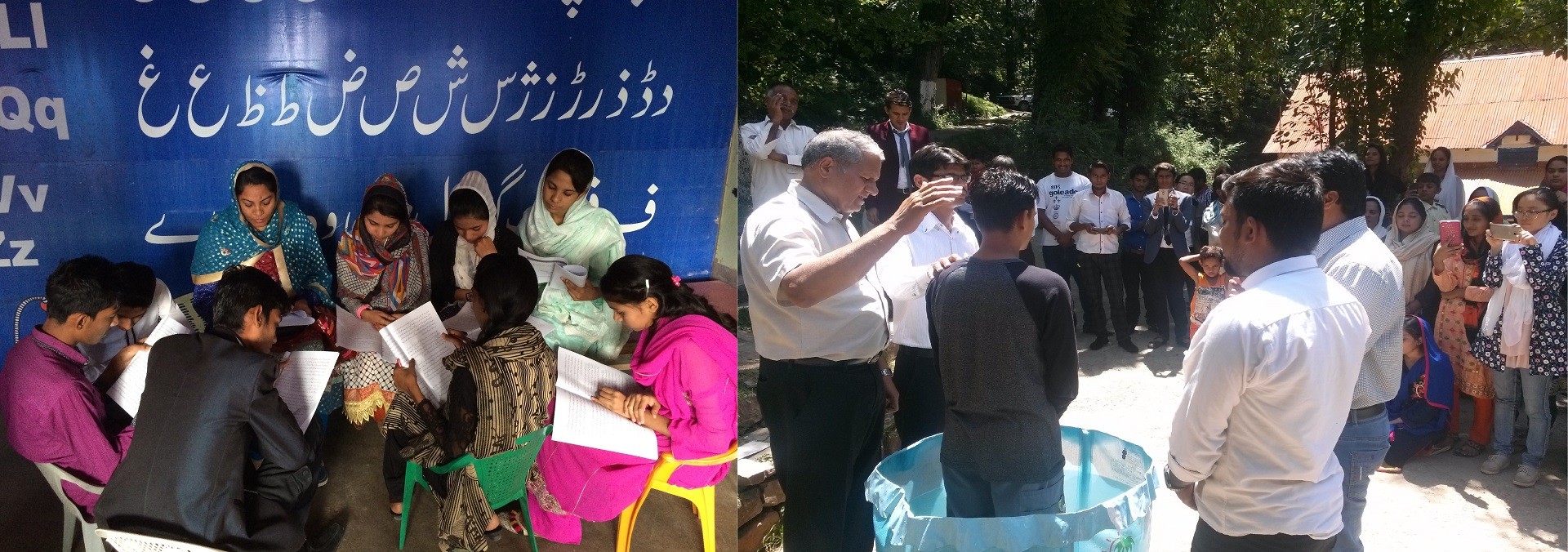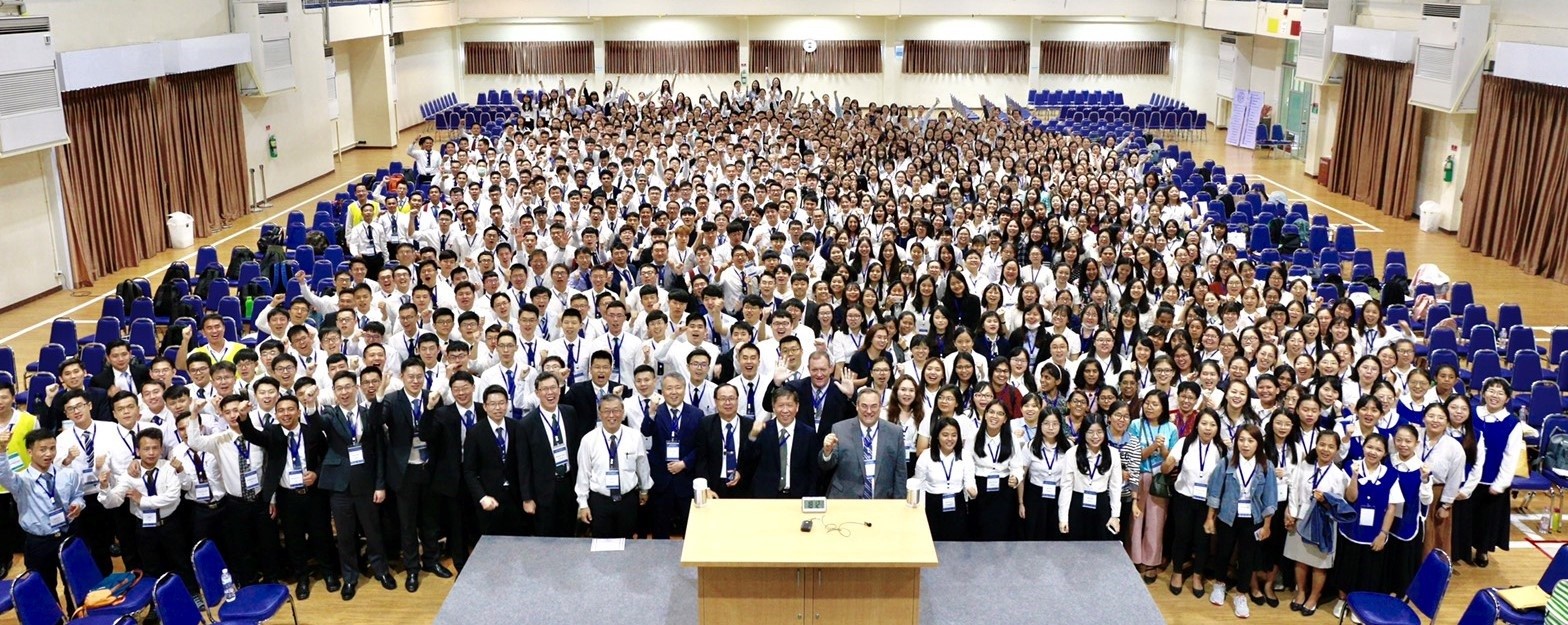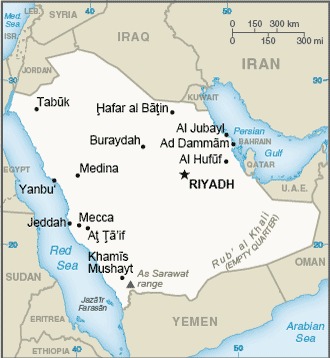Saudi Arabia
Background:
Saudi Arabia is the birthplace of Islam and home to Islam’s two holiest shrines in Mecca and Medina. The king’s official title is the Custodian of the Two Holy Mosques. The modern Saudi state was founded in 1932 by ABD AL-AZIZ bin Abd al-Rahman Al SAUD (Ibn Saud) after a 30-year campaign to unify most of the Arabian Peninsula. One of his male descendants rules the country today, as required by the country’s 1992 Basic Law. King ABDALLAH bin Abd al-Aziz ascended to the throne in 2005. Following Iraq’s invasion of Kuwait in 1990, Saudi Arabia accepted the Kuwaiti royal family and 400,000 refugees while allowing Western and Arab troops to deploy on its soil for the liberation of Kuwait the following year. The continuing presence of foreign troops on Saudi soil after the liberation of Kuwait became a source of tension between the royal family and the public until all operational US troops left the country in 2003. Major terrorist attacks in May and November 2003 spurred a strong on-going campaign against domestic terrorism and extremism. King ABDALLAH has continued the cautious reform program begun when he was crown prince. The king instituted an interfaith dialogue initiative in 2008 to encourage religious tolerance on a global level; in 2009, he reshuffled the cabinet, which led to more moderates holding ministerial and judicial positions, and appointed the first female to the cabinet. The 2010-12 uprisings across Middle Eastern and North African countries sparked modest incidents in Saudi cities, predominantly by Shia demonstrators calling for the release of detainees and the withdrawal from Bahrain of the Gulf Cooperation Council’s Peninsula Shield Force. Protests in general were met by a strong police presence, with some arrests, but not the level of bloodshed seen in protests elsewhere in the region. In response to the unrest, King ABDALLAH in February and March 2011 announced a series of benefits to Saudi citizens including funds to build affordable housing, salary increases for government workers, and unemployment entitlements. To promote increased political participation, the government held elections nationwide in September 2011 for half the members of 285 municipal councils. Also in September, the king announced that women will be allowed to run for and vote in future municipal elections – first held in 2005 – and serve as full members of the advisory Consultative Council. During 2012, Shia protests increased in violence, while peaceful Sunni protests expanded. The country remains a leading producer of oil and natural gas and holds about 17% of the world’s proven oil reserves. The government continues to pursue economic reform and diversification, particularly since Saudi Arabia’s accession to the WTO in December 2005, and promotes foreign investment in the kingdom. A burgeoning population, aquifer depletion, and an economy largely dependent on petroleum output and prices are ongoing
Location:
Middle East, bordering the Persian Gulf and the Red Sea, north of Yemen
Area:
2,149,690 sq km
Climate:
Harsh, dry desert with great temperature extremes
Ethnic groups:
Arab 90%, Afro-Asian 10%
Languages:
Arabic (official)
Religions:
Muslim (official; citizens are 85-90% Sunni and 10-15% Shia), other (includes Eastern Orthodox, Protestant, Roman Catholic, Jewish, Hindu, Buddhist, and Sikh) (2012 est.)
Population:
34,173,498 (July 2020 est.)
country comparison to the world: 41
Age structure:
0-14 years: 24.84% (male 4,327,830/female 4,159,242)
15-24 years: 15.38% (male 2,741,371/female 2,515,188)
25-54 years: 50.2% (male 10,350,028/female 6,804,479)
55-64 years: 5.95% (male 1,254,921/female 778,467)
65 years and over: 3.63% (male 657,395/female 584,577) (2020 est.)
Government type:
Absolute monarchy
Capital:
Riyadh
Time difference:
UTC+3 (8 hours ahead of Washington, DC during Standard Time)
Economy – overview:
Saudi Arabia has an oil-based economy with strong government controls over major economic activities. It possesses about 17% of the world’s proven petroleum reserves,ranks as the largest exporter of petroleum, and plays a leading role in OPEC. The petroleum sector accounts for roughly 80% of budget revenues, 45% of GDP, and 90% of export earnings. Saudi Arabia is encouraging the growth of the private sector in order to diversify its economy and to employ more Saudi nationals. Diversification efforts are focusing on power generation, telecommunications, natural gas exploration, and petrochemical sectors. Over 5 million foreign workers play an important role in the Saudi economy, particularly in the oil and service sectors, while Riyadh is struggling to reduce unemployment among its own nationals. Saudi officials are particularly focused on employing its large youth population, which generally lacks the education and technical skills the private sector needs. Riyadh has substantially boosted spending on job training and education, most recently with the opening of the King Abdallah University of Science and Technology – Saudi Arabia’s first co-educational university. As part of its effort to attract foreign investment, Saudi Arabia acceded to the WTO in 2005. The government has begun establishing six “economic cities” in different regions of the country to promote foreign investment and plans to spend $373 billion between 2010 and 2014 on social development and infrastructure projects to advance Saudi Arabia”s economic development.
GDP (purchasing power parity):
$1.775 trillion (2017 est.)
GDP – per capita (PPP):
$54,500 (2017 est.)
Source:
CIA World Factbook







